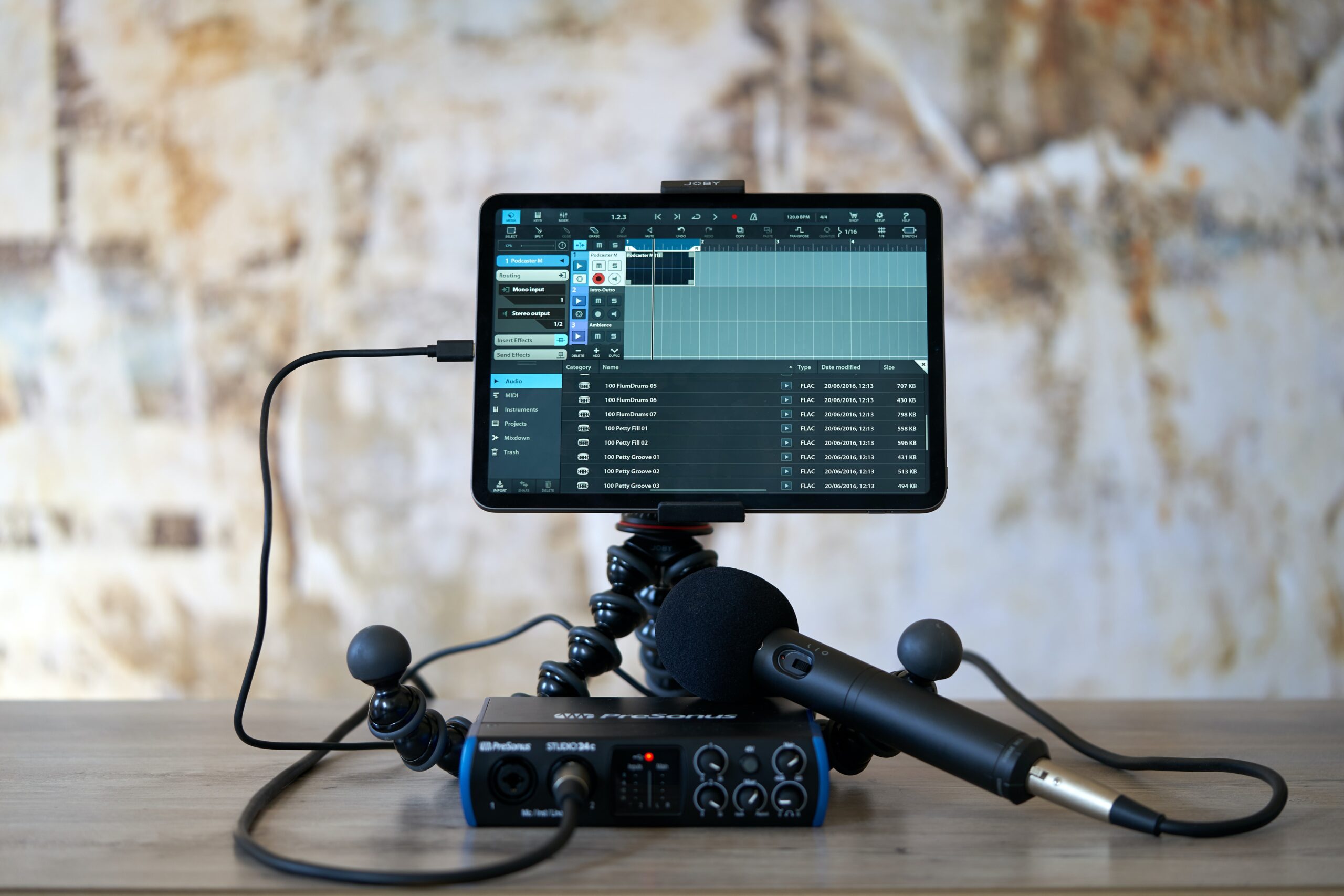By Shaina Lucas — PPS Editor
The world is constantly changing, and in the 21st century, we have a variety of ways to access content like never before. But what about books? E-books have been available for over a decade now, but that doesn’t mean someone who is visually impaired can read them. The new ways of making publications accessible to everyone is the path of the future!

What Is Accessibility?
The definition of accessibility, according to the Oxford Dictionary, is “the quality of being able to be reached or entered,” or “the quality of being easy to obtain or use.” It is the ability to access or benefit from a system or an entity by all people, not just people with a disability. In publishing and other industries, this is called ADA Compliancy, or being 508 Compliant. Why is “accessibility” also called 508 Compliance? That is the name given to the Section of U.S. law (Section 508) of the Rehabilitation Act of 1973 that requires federal agencies to make their electronic and information technology accessible to people with disabilities. Accessibility isn’t just for visually impaired persons, but also for those who have auditory, physical, neurological, cognitive, or speech disabilities. Take, for example, reading an e-book. Programs allow the book to be read by screen readers so the text is spoken aloud with the click of a button. Do you have an audiobook? A human person can use their voice to record the book, or if no audiobook is available, a “robot” can read the on-screen text for you!
What Are the Components of ADA Compliancy?
Modifying your product to be 508 Compliant may seem tricky and a bit complicated, but it’s fairly easy. With e-books, currently the EPUB3 version of e-books is the “gold standard” in the industry for publishing accessible digital books according to Accessible Books Consortium (ABC). Here are some basics for best practices when making your content accessible (via Usability.gov):
- Do not rely on color as a navigational tool or as the sole way to differentiate items.
- Images should include alternative text in the markup/code and complex images should have more extensive descriptions, especially as a caption or descriptive paragraph that sits near the image.
- Functionality should be accessible with the use of a mouse and keyboard and tagged with voice-control system (i.e., screen readers).
- Provide transcripts for any podcasts or other audiovisual media.
These are just a few things to help you get started and have successfully compliant content.
If Accessibility Is Only Required for Federal Agencies, Why Should My Product Be ADA Compliant?
Even though compliancy currently is only mandatory for federal agencies and large corporations, you can benefit from this as well. Web Accessibility Initiative (W3C) states that being accessible allows for a better overall user experience and satisfaction across various devices. Making your content accessible can enhance your brand, your business, innovation, and extend your marketability.
What Are the Ways to Make Content Accessible?
Special codes (i.e., <head>, <alt=> etc.) can be used for the advanced HTML coder, and easy ways to add, for example, alt text to a picture in a Word document. Ace by DAISY is one accessibility checker for ePUBs that allows publishers to verify if their publication is compliant and provides a list of errors that need to be fixed. JAWS is a free (the full version does have a cost) screen-reading software that will read text on your computer screen, as well as any alt text with the click of the buttons on the keyboard. Are you creating PowerPoints? Well, you’re in luck. Microsoft PowerPoint has a built-in accessibility checker that will list the errors in the file, but also walk the user through ways to fix them. Using Adobe Acrobat? Adobe also has a special accessibility checker for PDFs. This feature can show errors and tips for how to fix those errors. Adobe Acrobat also has a special feature to read PDF files aloud.
The future is upon us and has been for several years. It’s only been in the last few years that the push for accessible content has been a priority for many organizations and businesses. Making content accessible for everyone is not only a great marketing tactic, but also good for business. Accessibility means reaching a wider audience, and having a wider audience means more people will check out your products!